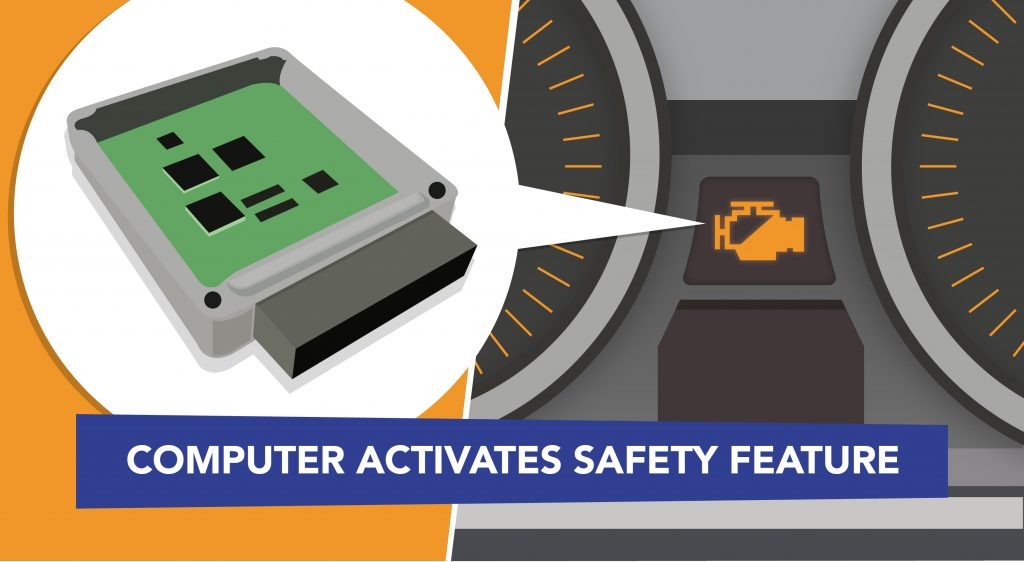Limp mode is a protective measure activated by your car’s computer when it detects a serious malfunction. Understanding what triggers limp mode and how to address it can help prevent further damage and ensure your safety on the road. This guide will delve into the causes, symptoms, and solutions for limp mode.
Limp mode, also known as “limp home mode,” is essentially your car’s way of saying, “Something’s wrong, and I need attention.” It’s a crucial safety feature designed to protect your engine and transmission from further damage when a fault is detected. While inconvenient, limp mode allows you to drive to a safe location or a repair shop for diagnosis and repair.
What Causes Limp Mode?
A variety of issues can trigger limp mode. Essentially, any malfunction that sends an abnormal signal to the car’s Engine Control Unit (ECU) can activate this protective measure. Common culprits include:
- Faulty Sensors: Malfunctioning sensors, such as the oxygen sensor, mass airflow sensor, or throttle position sensor, can provide inaccurate readings to the ECU, leading to limp mode activation.
- Transmission Problems: Issues within the transmission, like low fluid levels, slipping gears, or solenoid malfunctions, can trigger limp mode to prevent further damage to this critical component.
- Engine Issues: Problems with the engine itself, such as misfires, reduced power, or overheating, can also activate limp mode.
- Brake System Malfunctions: Issues with the braking system, including low brake fluid or ABS problems, can also trigger limp mode in certain vehicles.
- Turbocharger or Supercharger Issues: Problems with these forced induction systems, such as boost leaks or actuator malfunctions, are common causes of limp mode in turbocharged or supercharged vehicles.
Recognizing Limp Mode: Symptoms to Watch For
Identifying limp mode is crucial for taking timely action. Common symptoms include:
- Illuminated Check Engine Light: The “check engine” light is almost always illuminated when limp mode is active.
- Reduced Engine Power: You’ll likely experience a noticeable decrease in engine power and acceleration. The car may feel sluggish and unresponsive.
- Limited Speed: Your car’s speed may be limited to a lower than usual maximum, often around 30-40 mph.
- Gear Shift Restrictions: The transmission may be locked in a particular gear, often second or third, preventing normal shifting.
- Disabled Non-Essential Features: Features like air conditioning or cruise control may be automatically disabled to prioritize essential engine functions.
What to Do When Limp Mode Activates
If your car enters limp mode, it’s essential to:
- Safely Pull Over: Find a safe location to pull over and avoid driving unnecessarily.
- Check for Obvious Issues: Inspect for any visible problems, such as smoke, leaks, or unusual noises.
- Consult Your Owner’s Manual: Your owner’s manual may provide specific instructions or troubleshooting tips for limp mode.
- Seek Professional Diagnosis: Limp mode requires professional diagnosis using a diagnostic scanner to pinpoint the underlying cause. Contact a qualified mechanic or auto repair shop to schedule an inspection.
Ignoring limp mode can lead to more significant and costly damage. Addressing the issue promptly is crucial for preserving your vehicle’s health and ensuring your safety. While simple fixes like low fluid levels might be the cause, more complex problems could require professional repair. Don’t delay seeking expert help when your car signals a problem through limp mode.


